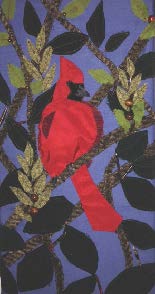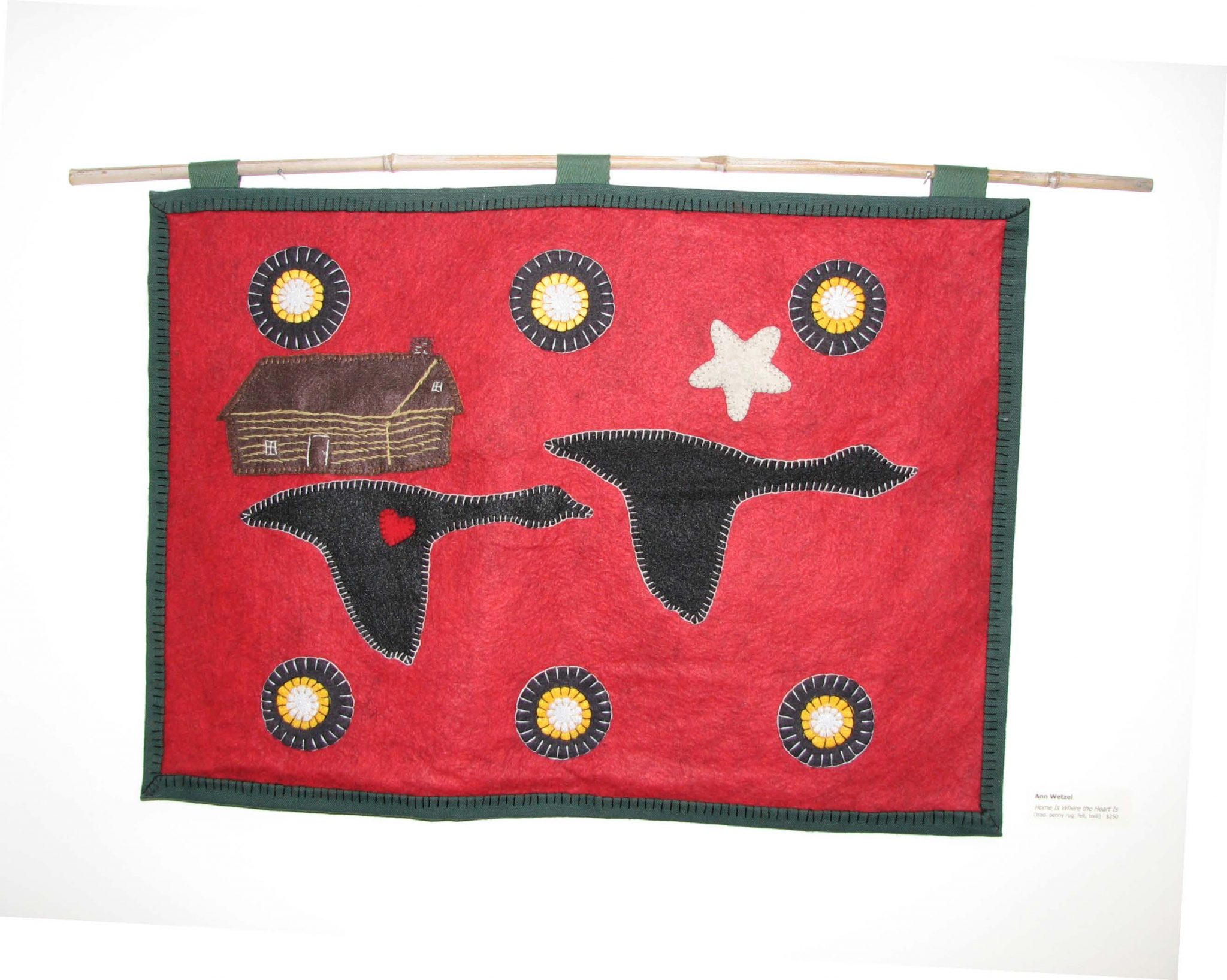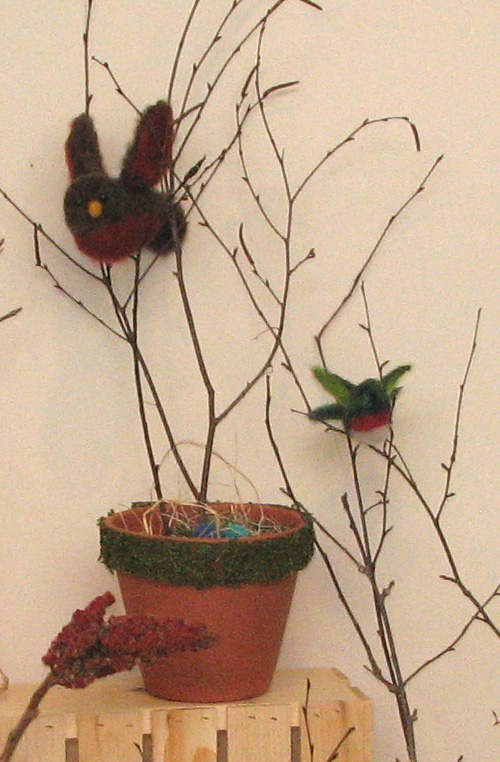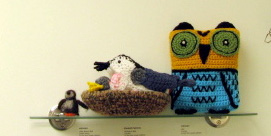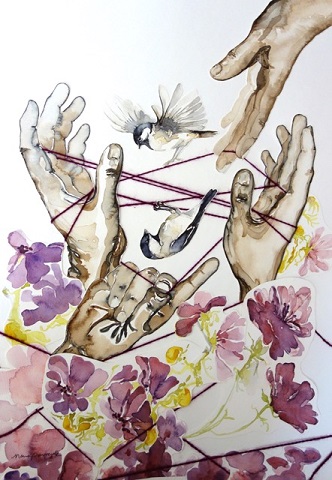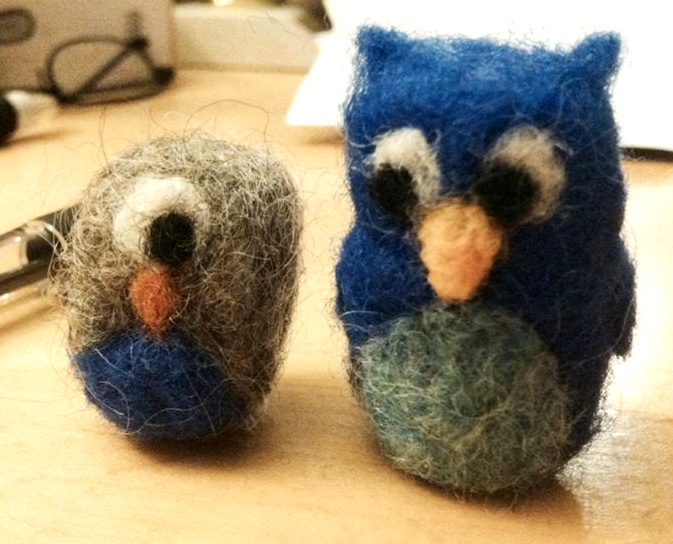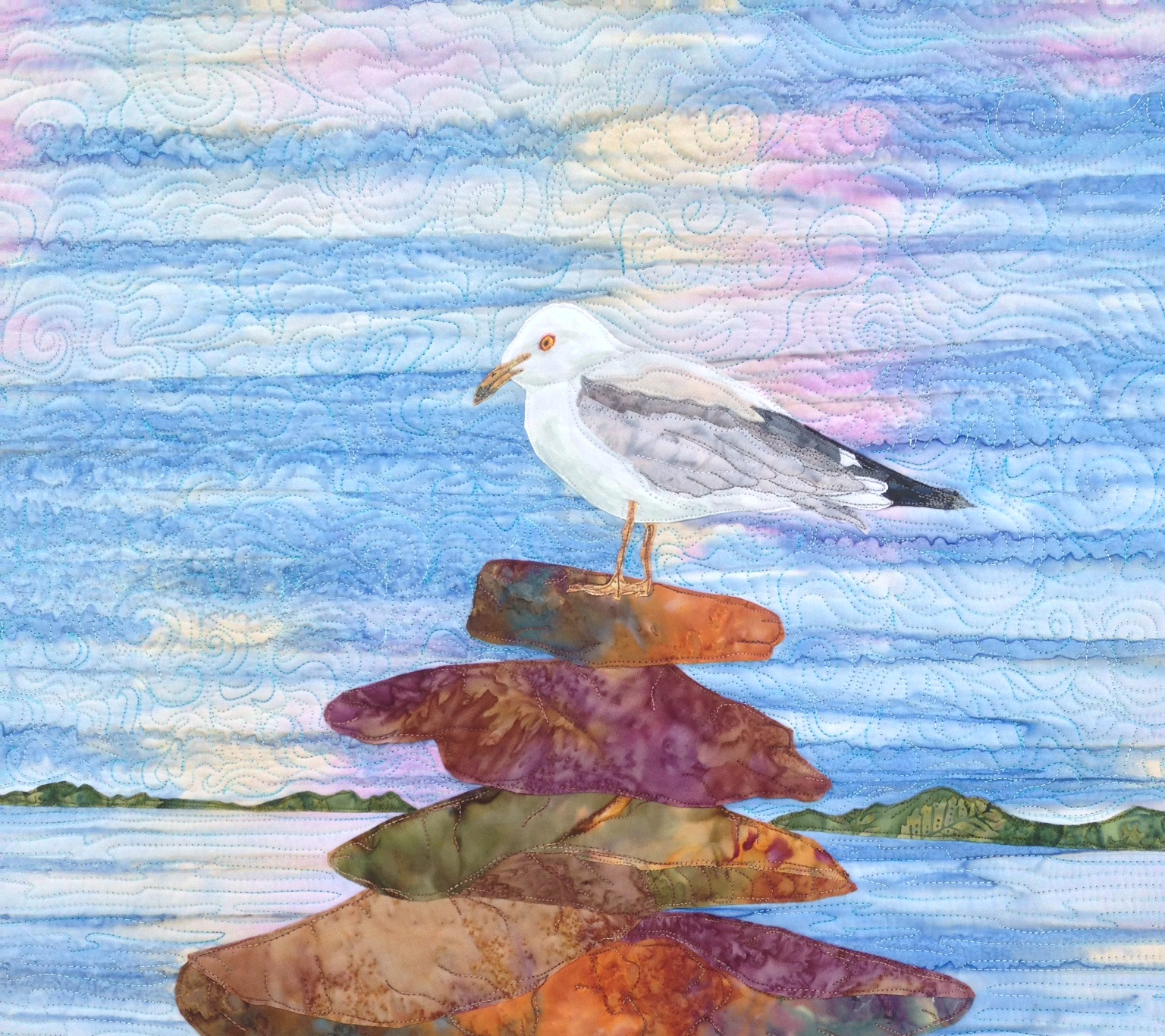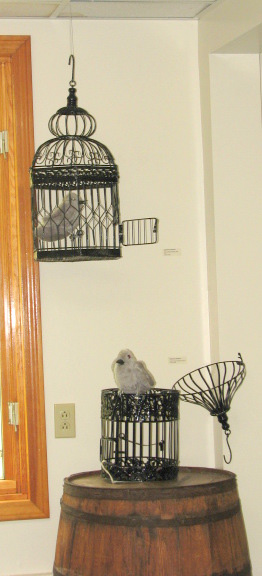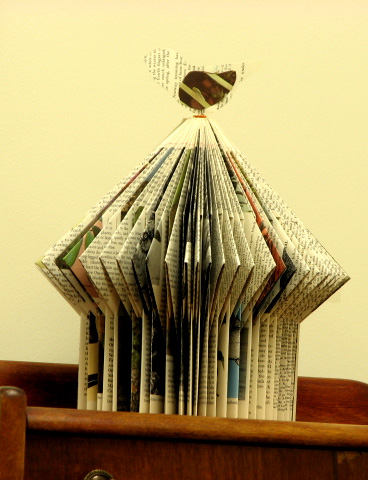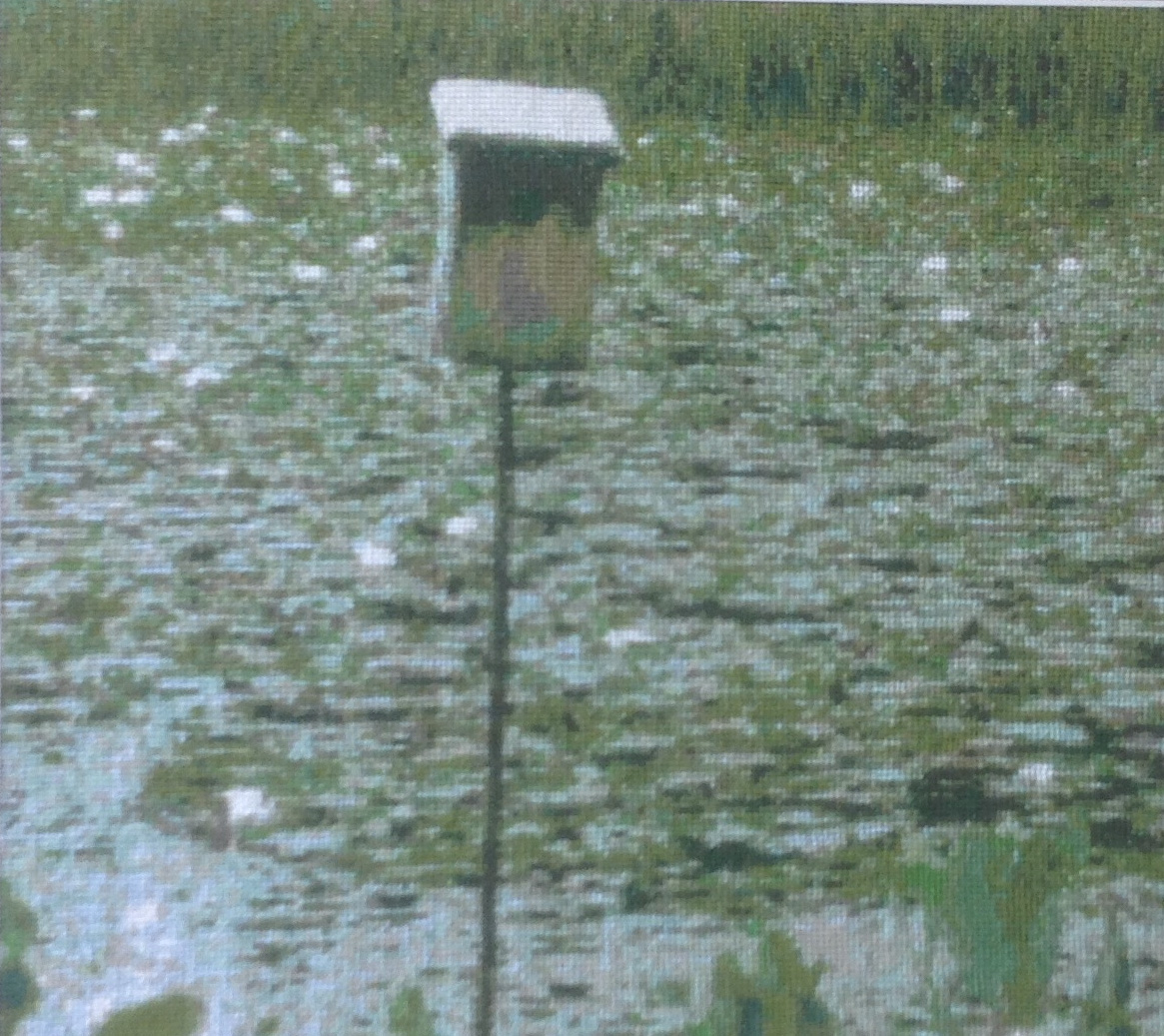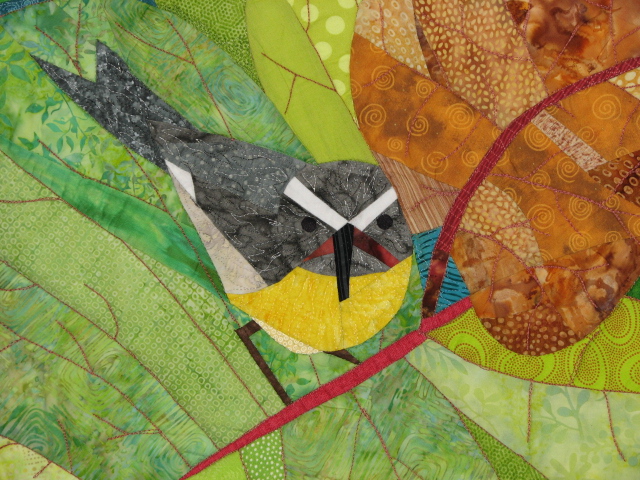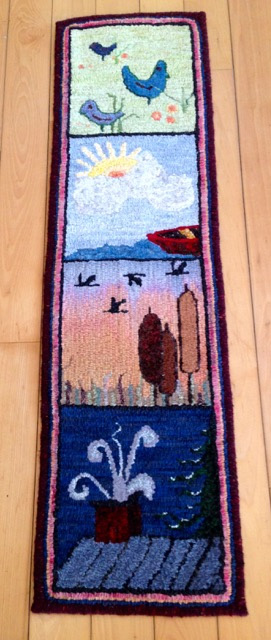Wow, in this last month of our open-daily season, we recorded some unusual birds! Are they here for the winter? Just passing through? And for some of the common ones, where were they last month?
Bold indicates those we didn’t see last month.
- Golden-crowned Kinglet (10/1 in cedar hedge*)
- Mourning Dove
- Black-capped Chickadee
- Ruby-crowned Kinglet (10/2 in cedar hedge)
- White-throated Sparrow
- White-breasted Nuthatch
- Blue Jay
- American Goldfinch
- Downy Woodpecker
- Hairy Woodpecker
- Red-breasted Nuthatch
- Dark-eyed Junco
- Red-tailed Hawk
- Yellow-rumped Warbler
- Tufted Titmouse
- Cooper’s Hawk
- Ruffed Grouse (10/20 in the crabapple tree and 10/26 2 walking along the feeding zone perimeter and in the crabapple)
- Northern Cardinal (10/24 m & f, just male on 10/27)
- Purple finch (10/30)
We also observed Eastern Chipmunks, Red Squirrels, and Gray Squirrels, as well several visits from Raccoons on our nighttime cam.
* Aside: We’re going to do some extensive trimming and pruning on the cedar hedge. It was deeply damaged by ice and snow earlier this year, and we’re removing much of the dead wood. Other changes include roost, wintering, and nest boxes (for birds and insect pollinators) and new plantings in the spring as well. Thanks to Volunteer EP for his help with this!
Come see for yourself! Call, tweet, email or schedule a visit by phone: (802) 434-2167 or museum@birdsofvermont.org. From museum exhibits to relaxing in our accessible treehouse to observing the long-awaited progress on the stream restoration and bridge phase of #BridgesToBirds, there’s always some wild thing to learn from or about.
The “Through the Window” series is an informal record of observations made by staff, volunteers, and visitors. Anyone at the Museum may add to this list. Observations are usually through our viewing window: a large window with a film covering that helps hide watchers from the birds. We have chairs and binoculars to try, a white board, and many identification guides. Outdoors, several feeders are attached on a single, bear-resistant pole. A small pond, flowers and water plants, shrubs and trees add cover and (seasonally) other food choices . You can sometimes see what we see via our webcam.



